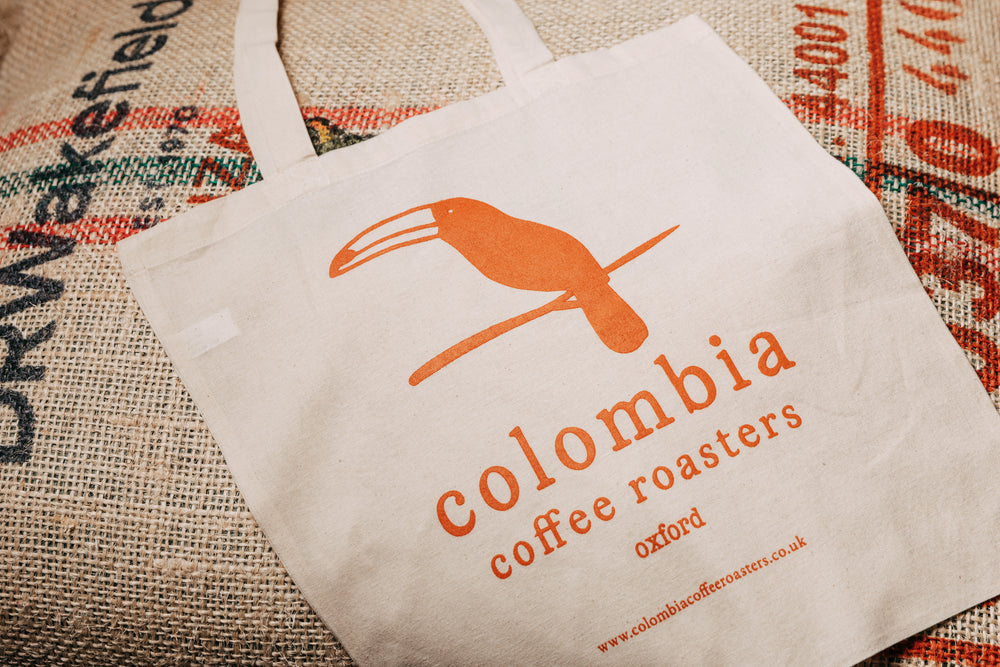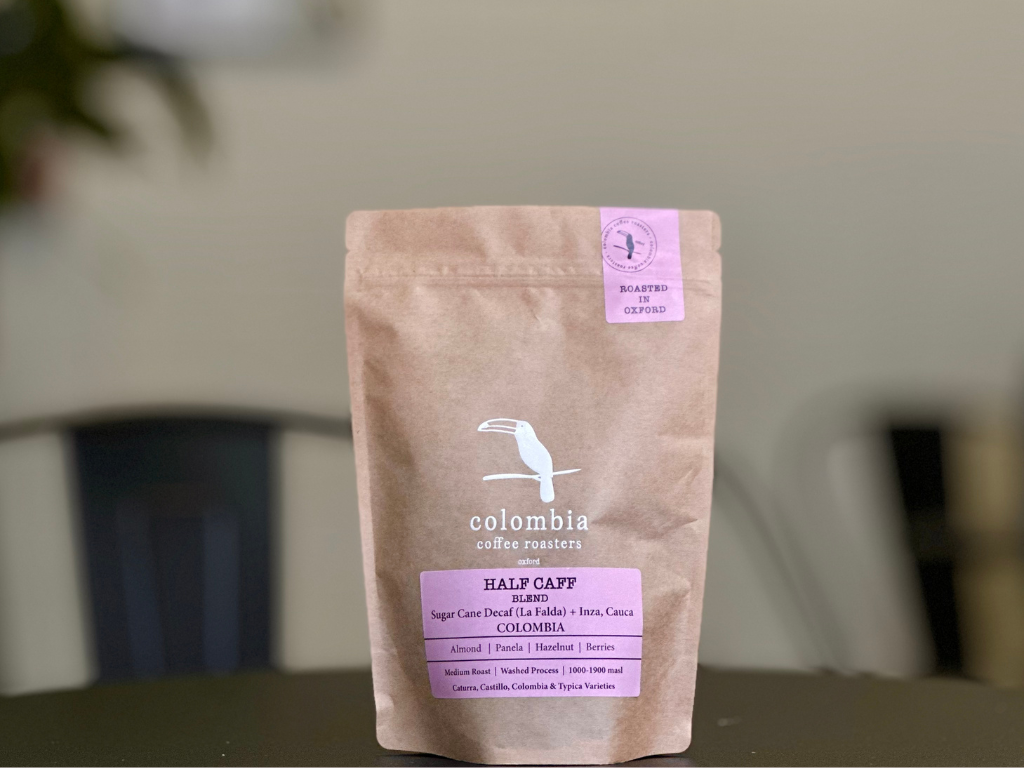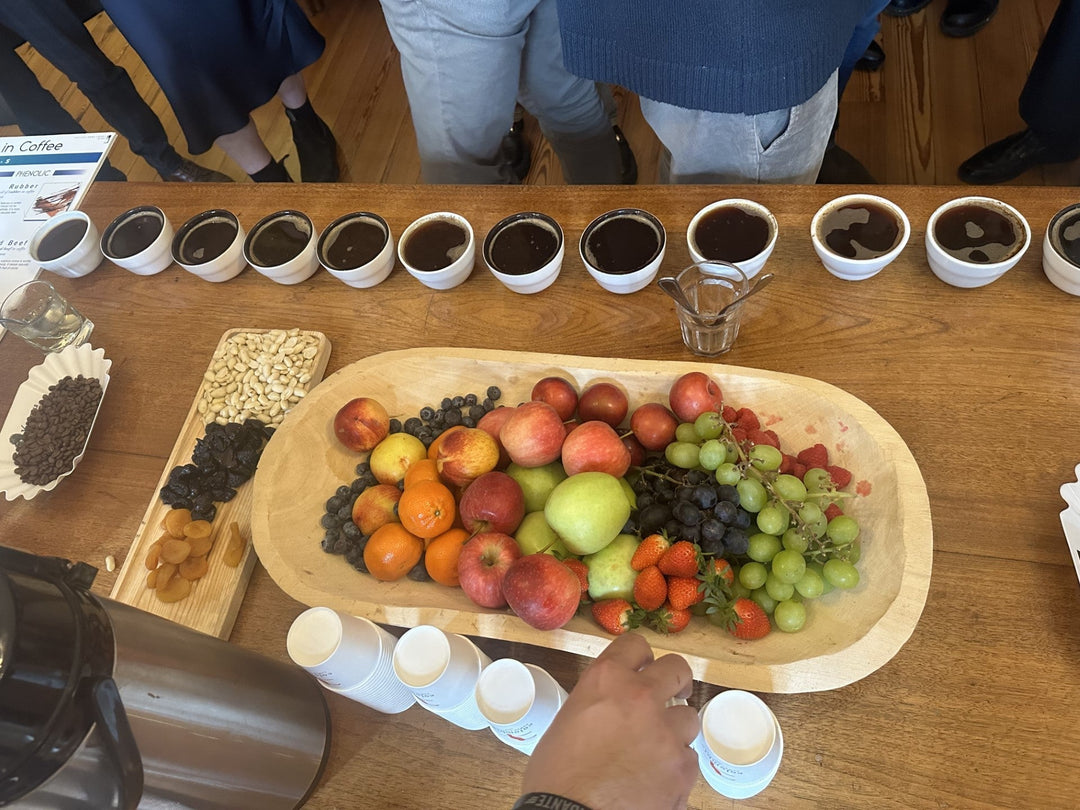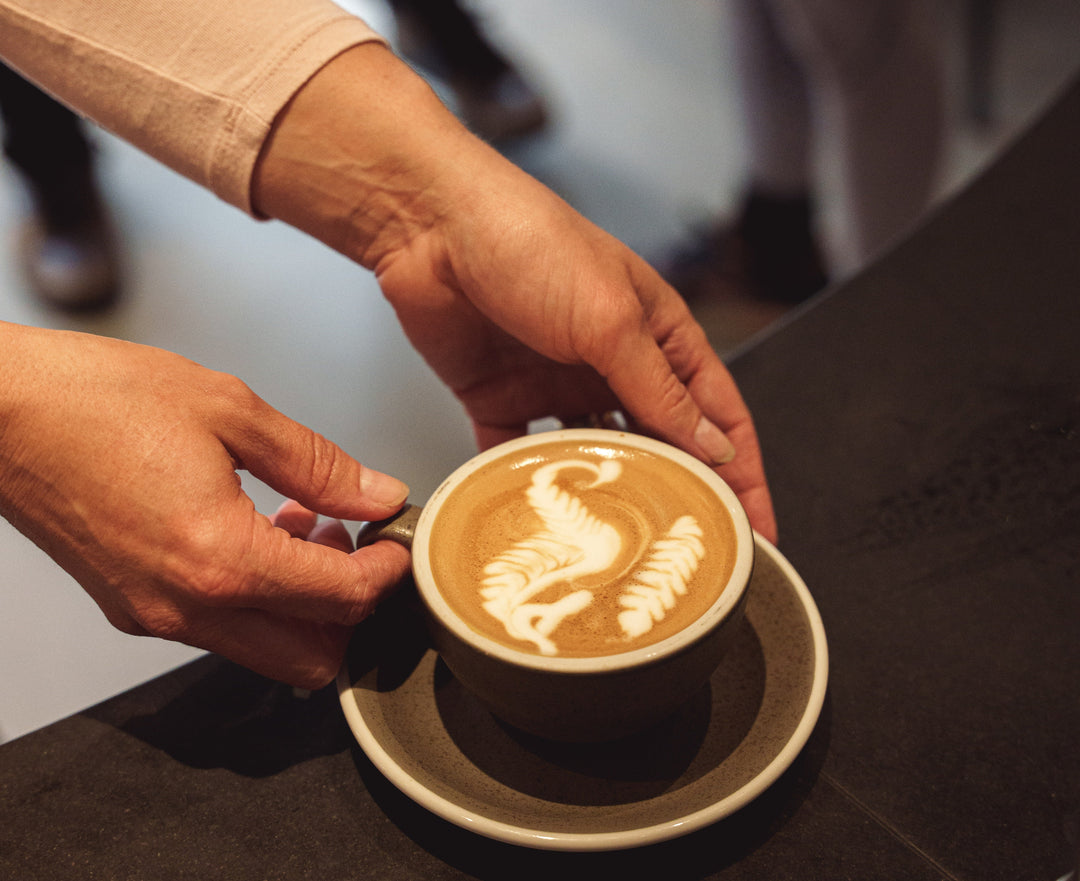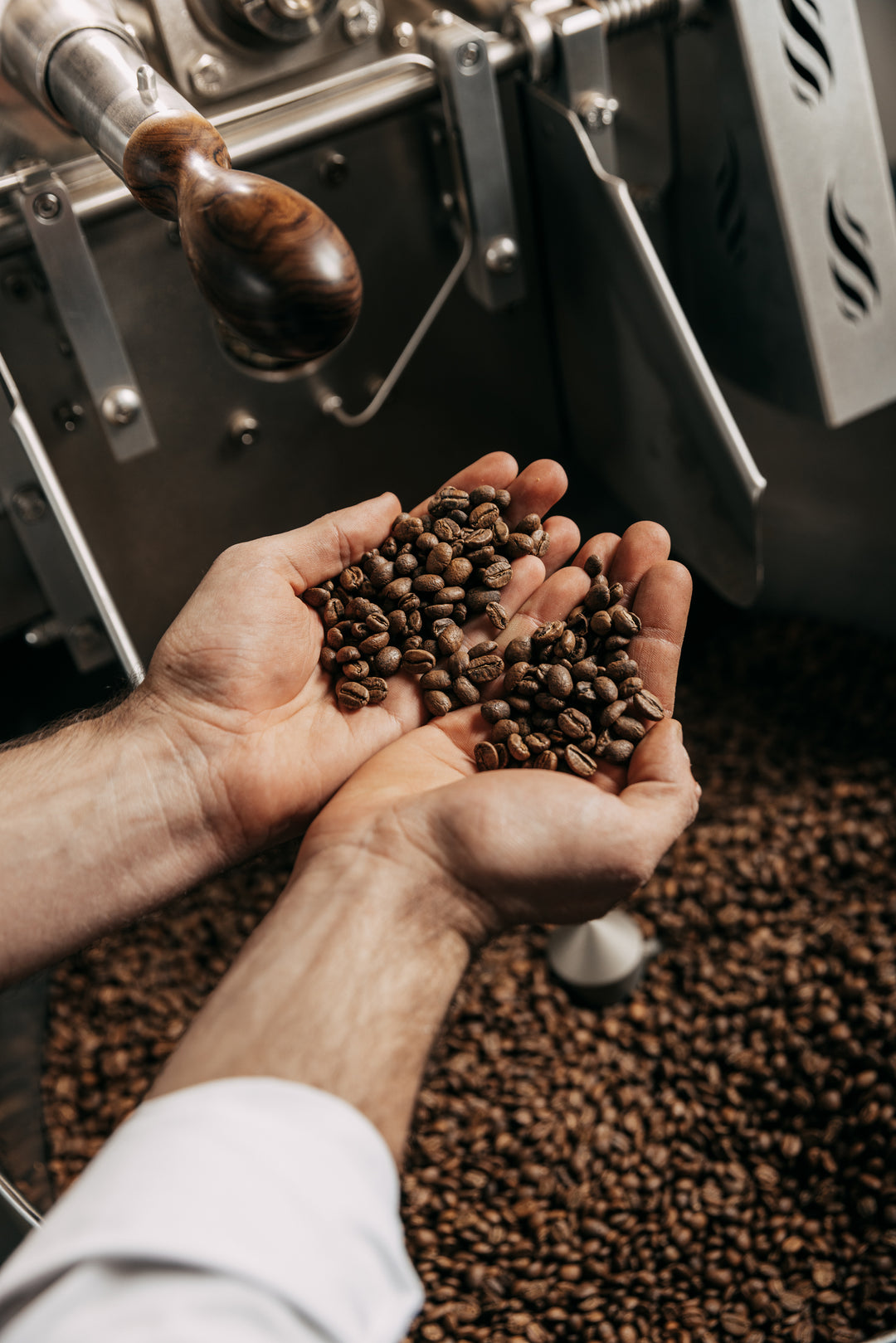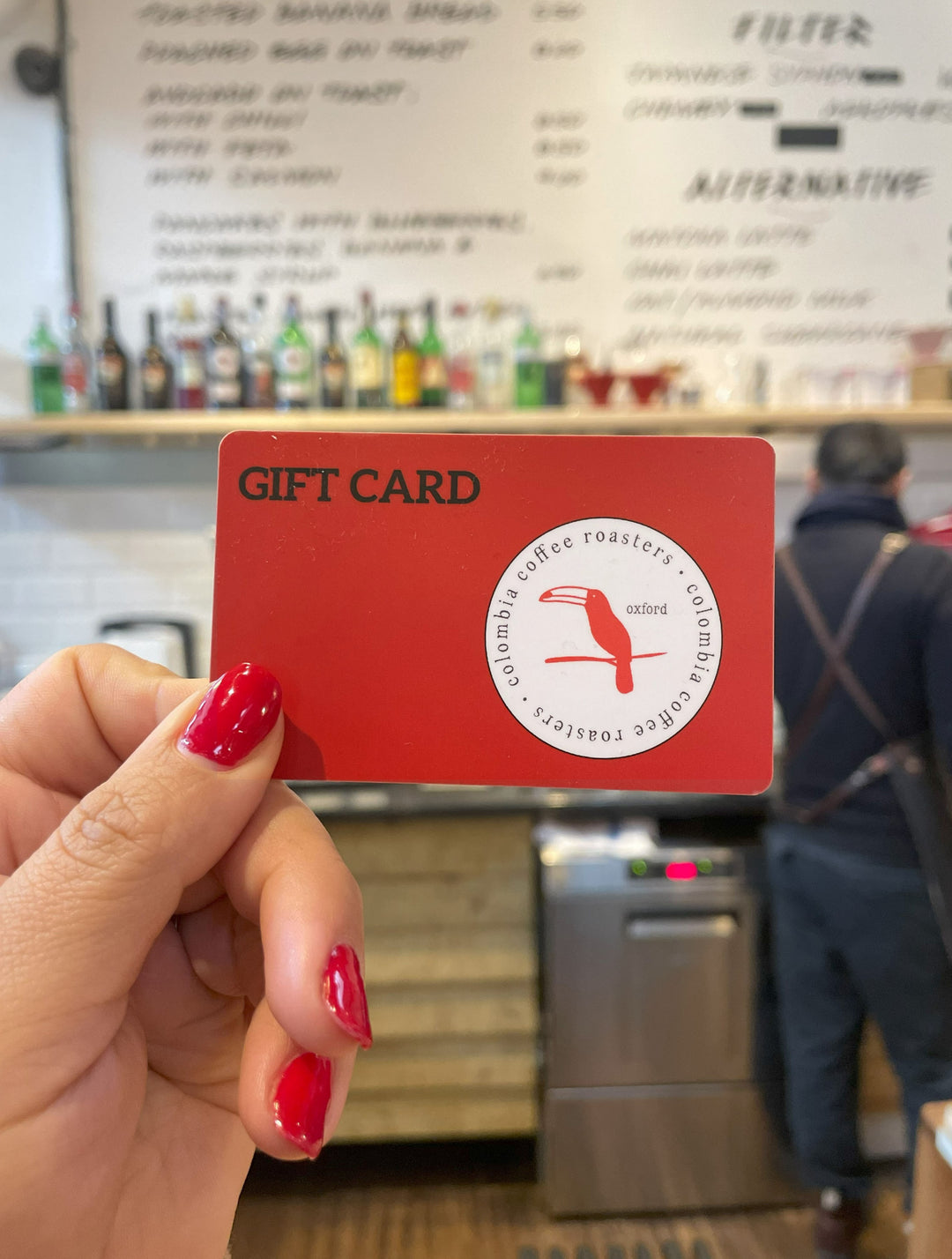Coffee water temperature and quality

Achieving the perfect cup requires consistency through various variables such as coffee-to-water ratio, grind size, etc. But, a part of the many reasons consistency can be achieved in cafes when brewing coffee is due to the water temperature and water quality being used. Fortunately, cafes have the tools and equipment available to achieve the most consistency from this variable of coffee brewing. However, not everyone is always equipped with the knowledge and tools to be able to achieve these variables to perfection. While home coffee drinkers tend to not give it too much thought, water temperature and water quality are incredibly important variables that can make or break a perfect cup. Read more to learn more about how water variables can affect the outcome of your cup.
Why Is Temperature Important?
To understand the importance in water temperature, we have to first understand what temperature does in the brew. Yes, it creates a nice hot beverage to enjoy in cold weather but it goes beyond that. Water temperature creates a chemical reaction that essentially breaks down various coffee solubles throughout the brewing process. Temperature also allows rates of compounds such as organic acids to be extracted when the water and coffee meet.
Ideally, water temperature should be anywhere between 90.5 - 96.1 degrees Celsius. It’s commonly understood that too cold water will create a tasteless and under-extracted coffee while too hot water will also cause a loss of quality in the coffee. However, when brewing coffee be sure to consider that water will begin to cool as soon as it leaves the pouring vessel and enters the grounds.
Pro-tip: Start with a slightly higher brew temperature (96C) to compensate for a loss of temperature during the brewing process.

Why is Quality Important?
Now, to understand the importance of quality, we have to understand what we mean by quality. Essentially, we are defining how hard or how soft is the water we will be using. This means how many total dissolved solids (minerals such as calcium) are present in the water. Ideally, we generally aim for 150mg of total dissolved solids which also accounts for a ph level of 7. Too hard water (high in calcium) and the coffee will be over-extracted; too soft water (low in calcium) and the coffee will be under-extracted.
Fortunately, cafes like ours have filtration systems that allow us to achieve this quality of water in every brew. Reverse Osmosis Systems are other tools that can be used to achieve quality water for coffee.
Pro-tip: If a filtration system or a Reverse Osmosis System are not attainable, try to understand how hard or soft your water is. Based on your understanding, adjust your grind settings to slightly compensate for this imbalance, ie, grind finer for soft water and grind coarser with hard water.

Water temperature and water quality are crucial in achieving the best cup in the morning or afternoon. If you’re looking for brew tools to achieve to step-up your at-home brew game, check out our shop here! If you’re looking for some new coffees, we’ve got what you need here!
